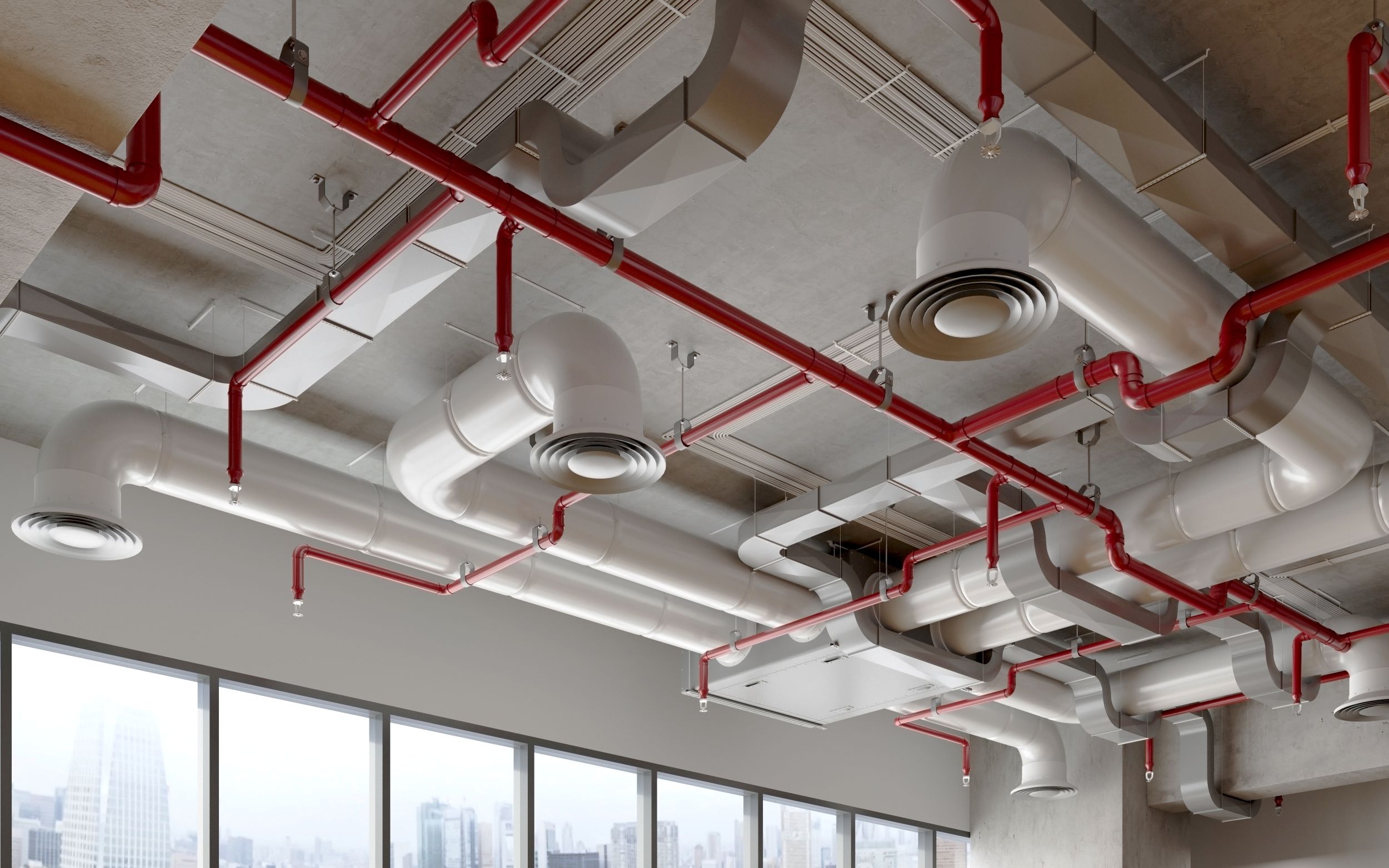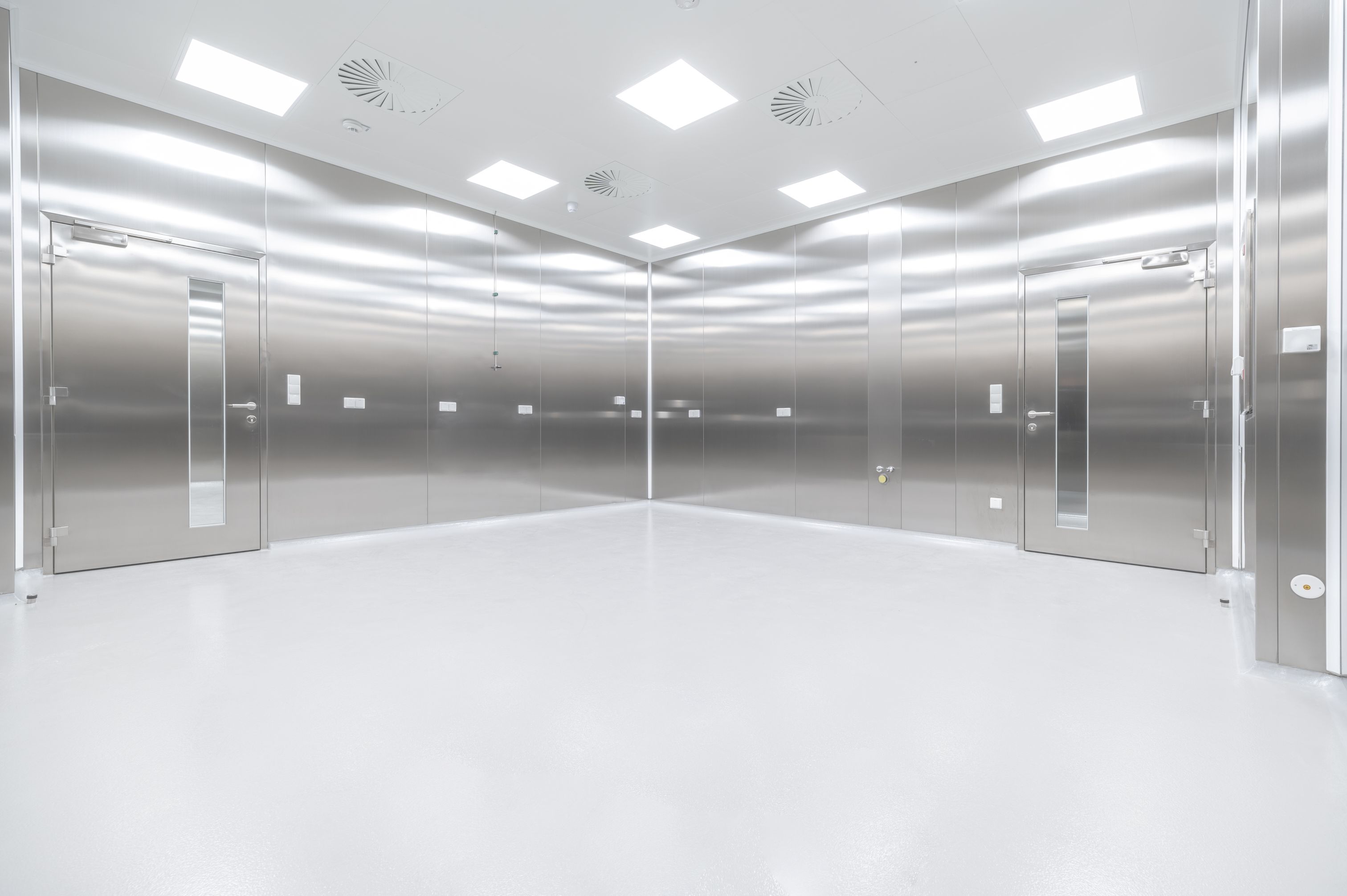Embodied Carbon in Building Systems — How Artigo Rubber Flooring UK Can Help to Begin to Balance Schemes
A closer look at Embodied Carbon in building schemes and how Artigo Rubber Flooring UK can help to begin to offer balance

As the recent RIBA Journal article: “How to cut MEP systems’ embodied carbon, and why it matters” and Max Fordham’s white paper make clear, the conversation around sustainability has moved decisively beyond energy efficiency. Operational carbon is falling fast thanks to electrification, heat pumps and the decarbonisation of the grid but what is now rising to the surface is embodied carbon—the emissions locked into the production, transport, installation, maintenance and replacement of materials and systems. Max Fordham’s data shows that MEP systems alone can make up as much as 30% of a building’s upfront embodied carbon and in refurbishments, that percentage can climb higher still.
The report argues that reducing embodied carbon means rethinking specification at the earliest stages. Every material choice—whether a steel duct, copper pipe, or floor finish—feeds into the building’s total carbon impact. Selecting low-embodied-carbon materials in less demanding areas can offset the heavier, currently unavoidable emissions in critical MEP systems or structural elements. It’s a balancing act that relies on granular data and a willingness of manufacturers to improve and produce better products.
We feel this is precisely where Artigo Rubber flooring earns its place in the sustainability conversation. Its verified Environmental Product Declarations (EPDs) demonstrate a measurably low embodied carbon footprint compared to other resilient flooring types-and it is improving. Its production uses controlled supply chains, energy-efficient processes and durable natural and synthetic rubbers that extend service life far beyond standard PVC or vinyl. That longevity translates directly into fewer replacements—reducing cumulative embodied carbon across a building’s lifespan.
In laboratories, universities, offices, schools and research spaces—where high MEP intensity is currently unavoidable—specifying a low-impact flooring material like Artigo can begin to make a difference. Its durability, low maintenance and recyclability mean the product quietly offers a humble solution against a back drop of more carbon-heavy elements in a building.
As the white paper concludes, the industry’s next great carbon reduction opportunity lies not in the boiler room but in the bill of materials. Choosing smarter, lighter and longer-lasting materials like Artigo Rubber is currently one of the most effective ways to close the gap between good design intent and real-world carbon performance.
We value conversation and collaboration and feel that each and every project is unique. Our blogs are for informational purposes only so please reach out to us directly HERE to speak to one of our team.



